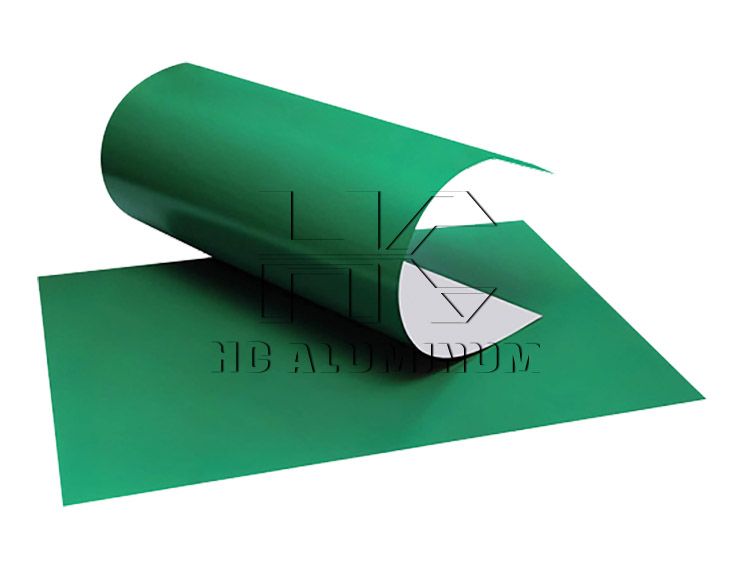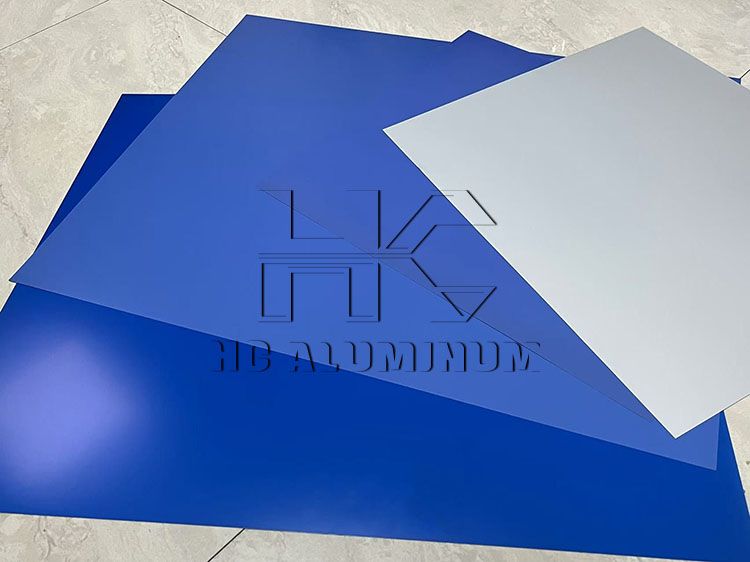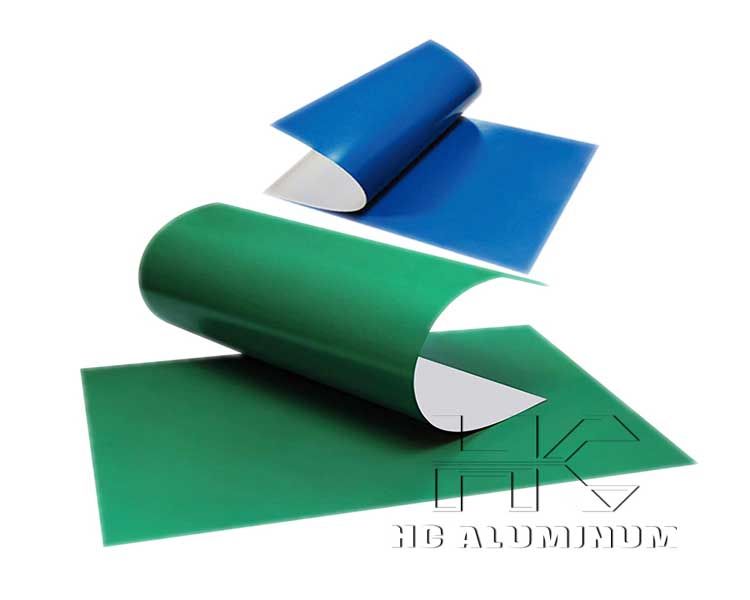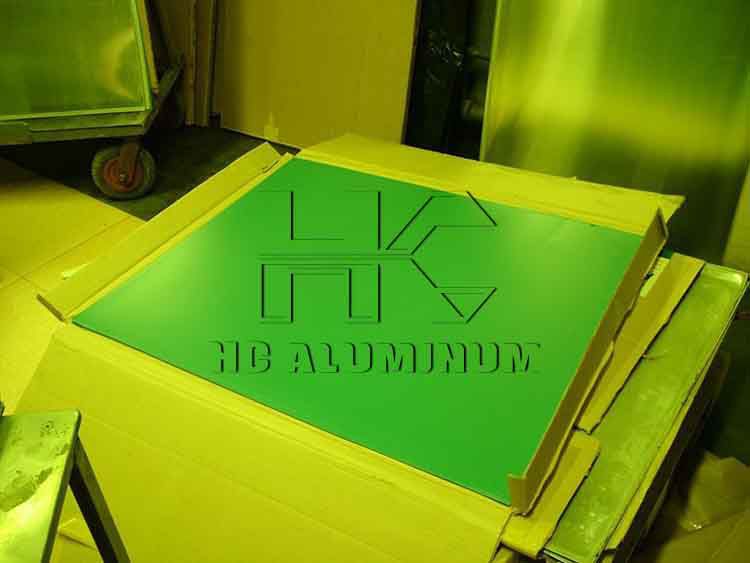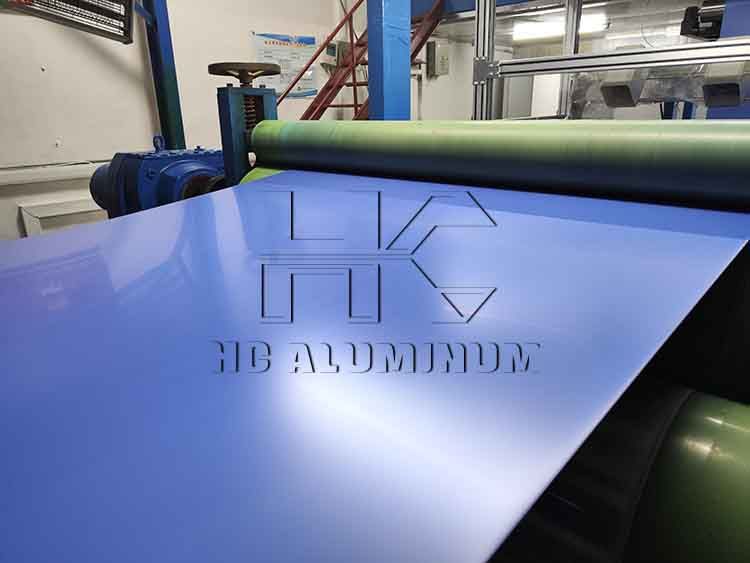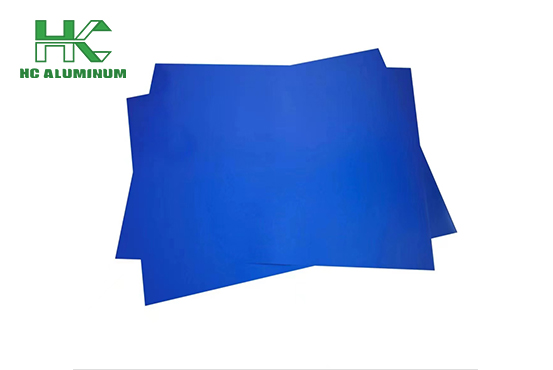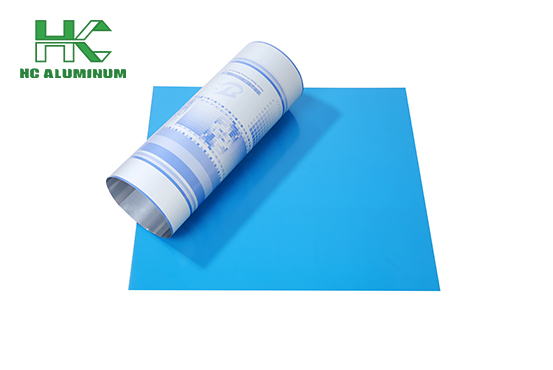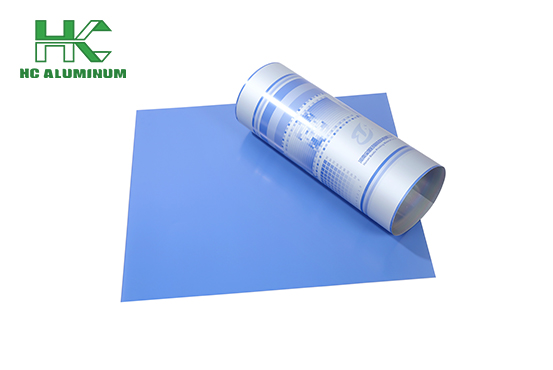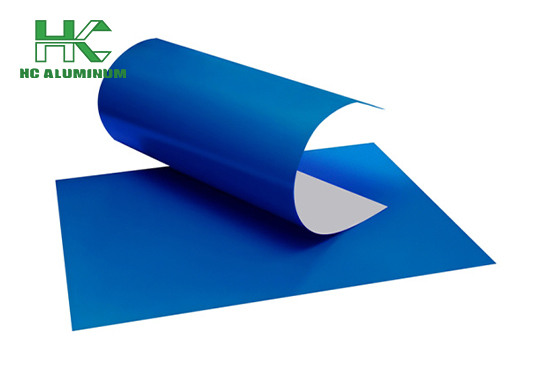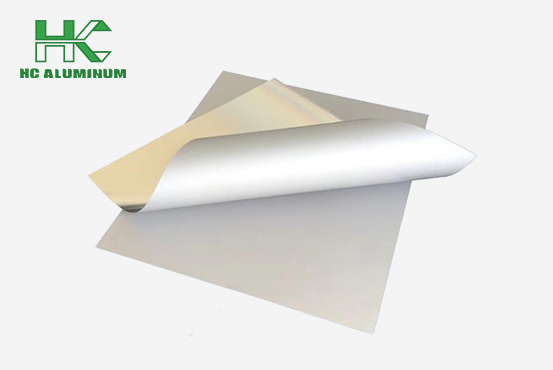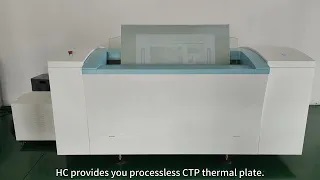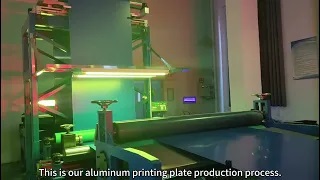How to Buy CTP Printing Plate?
Amid the digital transformation of the printing industry, CTP (Computer-to-Plate) technology has long become mainstream. As a core consumable, the quality of CTP plates directly impacts printing precision, production efficiency, and cost control. How can one purchase high-quality and cheap CTP plates?
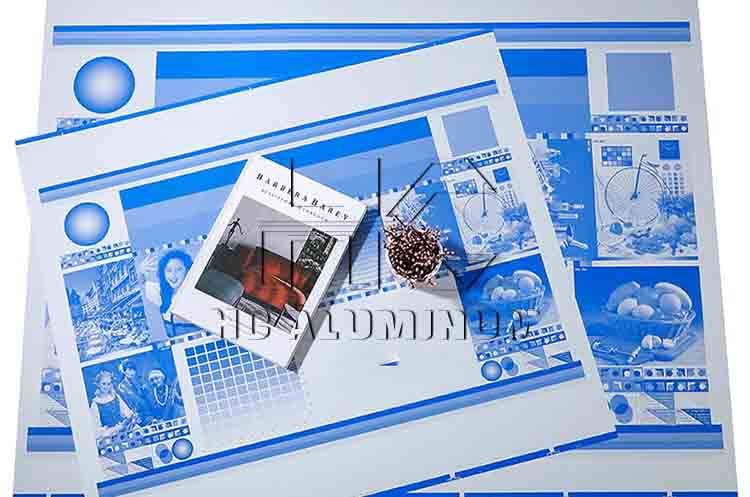
Clarify your needs
First, determine the printing process and substrate. For packaging printing (such as cartons or plastic film), prioritize CTP plates with a high print run (typically over 100,000 impressions) and scratch resistance to avoid frequent plate changes that can impact efficiency. For fine-detail printing, such as books, periodicals, and brochures, prioritize resolution (recommended 300 lpi or higher) and tonal reproduction to ensure clear text and rich image depth.
Secondly, it's important to match the CTP equipment model: Different brands of CTP platesetters (such as Kodak, Fuji, and Heidelberg) have specific requirements for plate sensitivity and dimensional specifications. For example, some equipment is only compatible with thermal CTP plates. Mistakenly selecting a violet laser CTP plate will not only prevent platemaking but may also damage the equipment's photosensitive components. Before purchasing, be sure to check the equipment manual or consult the equipment supplier to confirm compatible plate types.
Finally, consider the production scale: For small-batch, multi-batch production, choose CTP plates with a medium print run rate to reduce single-time purchase costs. For large-scale, continuous production, ensuring plate stability is a priority to avoid color inconsistencies in printed products due to batch variations.
Supplier Review
1. Production Qualifications and Quality Control Processes
A reputable CTP plate supplier should hold industry certifications (such as ISO9001 quality system certification and environmental certifications) and have comprehensive quality control processes—for example, sampling and testing each batch for sensitivity, print run rate, and dimensional accuracy. When purchasing, you can request a test report from the supplier or conduct an on-site inspection of the production workshop.
2. Supply Stability and Inventory Capacity
Printing production is often a continuous process. A disruption in CTP plate supply can directly halt production lines. Therefore, it's crucial to select a supplier with sufficient inventory and a robust logistics system.
3. Industry Reputation and Case Studies
Learn about a supplier's reputation through peer recommendations and industry forums, focusing on the types of clients they've served (whether they work with companies of similar scale and process).
Identifying Technical Parameters
1. Photosensitive Type
CTP plates are primarily categorized as thermal and ultraviolet laser. These two types utilize different photosensitive principles and must be matched to the light source of the CTP equipment (thermal plates for thermal equipment, and ultraviolet laser plates for ultraviolet laser equipment). They cannot be mixed. Thermal plates offer advantages such as excellent light resistance (no need for light-protected storage) and fast platemaking speed, making them suitable for high-volume production.
Ultraviolet laser plates offer advantages such as high resolution (reaching over 2400 dpi) and detailed gradation reproduction, making them suitable for fine-printing applications such as brochures and high-end packaging. When purchasing, choose based on the equipment type; there's no need to blindly pursue the "most advanced" photosensitive technology.
2. Print Run Rate
The print run rate refers to the maximum number of prints a CTP plate can withstand under normal printing conditions. Common specifications include 50,000, 100,000, and 150,000 prints. Many buyers assume that "the higher the print run rate, the better." However, in reality, plates with higher print runs are more expensive. If your orders are mostly small batches (e.g., a single batch of less than 50,000 prints), choosing plates with a print run rate of 100,000 prints would actually be wasteful (the plates would become ineffective due to prolonged storage before they are fully used).
The correct approach is to select plates with a print run rate slightly higher than the maximum print run for a single order (e.g., if the maximum print run is 50,000, select plates with a print run rate of 80,000-100,000).
3. Dimensional Accuracy
The dimensional accuracy of CTP plates (e.g., the error range in length and width) directly affects print registration. Excessive dimensional error in the plate can lead to color misalignment during multi-color printing, increasing rework. The dimensional tolerance of high-quality CTP sheets should be controlled within ±0.1mm. When purchasing, randomly sample a few sheets and measure the actual dimensions with a caliper to confirm whether the tolerance meets the requirements.
Weighing Cost and After-Sales Service
Many buyers prioritize CTP sheets with low unit prices. However, the "total cost" of a CTP sheet (unit price + operating cost + rework cost) is actually more important. For example, a sheet with a low unit price may only have a print run of 30,000 prints and is prone to uneven sensitivity, resulting in a 10% scrap rate per batch. This, in turn, increases rework and consumable replacement costs. Therefore, it's important to calculate the "cost per print" (sheet price divided by print run) and consider the scrap rate, rather than simply focusing on the purchase price.
The CTP printing plate may encounter various problems during use (such as spots after platemaking or print run not meeting expectations). In these situations, the supplier's after-sales support is particularly important. High-quality suppliers will provide technical guidance (such as assisting with adjusting platemaking parameters and analyzing scrap sources) and may even send engineers to your site to resolve issues. Low-quality suppliers, on the other hand, may shirk responsibility when problems arise. When purchasing, clarify the scope of after-sales service (such as whether returns and exchanges are available and the response time for technical support) to avoid difficulties in enforcing your rights later.

